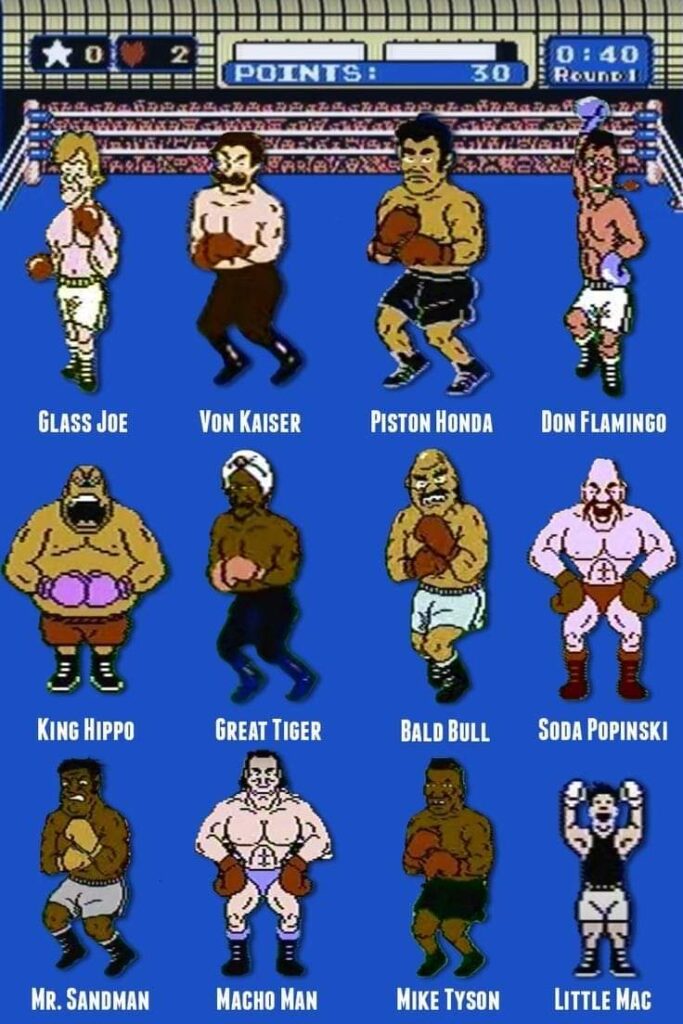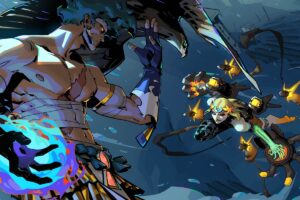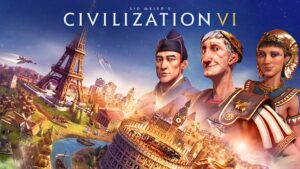Diversity matters when it comes to the video game industry. It is important to make sure each culture is represented not only accurately but fairly. Today let’s focus on culture specifically: the Black community represented in video games. With the celebration of Black History Month, let’s look at the beginnings of black culture and representation in video games.
A Rocky Start and Not-So-Humble Beginnings
It’s hard to believe that over 30 years ago, there was little representation of this culture.
At this time, it was common to have almost no representation of people of color. If there was a black video game character or NPC, they felt almost exclusive to sports games.
Starting in the 1970s, games like Heavyweight Champ and Atari Basketball started to show different-colored characters appear on-screen. However, the imagery of these characters was hard to tell apart because of the grayscale and TV formats at the time. There were no different layers of color put into these characters; they just showed that one was “darker” than the other.
As the years went by and the technology improved, you can see a little variation in the texture of black characters. The game Punch-Out! (1987) featured detailed fighting characters. Even though it was very popular in its time, some of these fighting characters were heavily based on stereotypes.

Characters in this game such as “Piston Hurricane” and “Bald Bull” were presented as big and scary fighters. Their appearance includes huge teeth and crazy eyes. In comparison, the main character or “challenger” has a handsome, white” appearance.
The naming can also be problematic. Even though “Bad Bull” appears harmless on the surface at first, the imagery attached to it presents a bad context for this character as a frightening figure that fights like an animal, and that’s not the only game at that time that had problems with portraying black characters.
Square’s Tom Sawyer (1989) was a Japanese game based on the characters and stories of the author Mark Twain. A character named “Jim” was made to have absurdly big lips that pretty much overshadowed his face. All the other characters in the game, especially the character icons when speaking, have almost the right size and shape. However, no thought and care were put into Jim.

A Great Appearance in the Golden Years of Gaming
It wasn’t until the 1990s and early 2000s that we saw black video game characters vastly improve in gaming models and textures as a whole. Black characters were now spreading into other genres of gaming and into the spotlight. These characters were now featured in fighting games and action/adventure games.
Notable games like Street Fighter II (1993) brought people of color with different backgrounds and charisma. An example is “Dee Jay” from Jamaica. Street Fighter continues to bring a diverse roster of fighters to this day. Def Jam Vendetta (2003) and Def Jam: Fight For NY (2004) were wrestling games featuring black hip-hop artists such as Ludacris and Snoop Dogg.
Then there was Grand Theft Auto: San Andreas (2004), which featured its first black playable character in the series: CJ. This game became very successful and one of the most popular games of all time.

Even though the industry was finally making way for black playable characters, most of these characters were still bound by typical stereotypes. Black male characters were mostly pictured as big, bold, and loud people. Even the most beloved characters in video games like Sergeant Johnson from Halo series (2001-) and Augustus “Cole Train” Cole from Gears of War series (2006-) fall victim to these tropes. GTA: San Andreas was successful but it showed how the audience sees people of color when it comes to violence. A study found that when white players played a black character in a violent game, they used negative language when seeing black faces. All these things can create a negative picture of the black community: loud, scary, and prone to violence.
Why Having Positive Spotlight of Black Characters Is Important
These past games can make the average gamer today cringe. That can be a good thing because it shows where we are in regard to race in the video games industry. It can also show how far we need to go.
Today black characters in games are a lot more common now and give different nuances to them.
Apex Legends (2019) features Lifeline and Bangalore as two playable black female characters with their own style and skills. Lee Everett from The Walking Dead video game (2012) and Bayek from Assassin’s Creed Origins (2017) have fleshed out compelling story arcs centered on them.
Then there is the recent success of Spiderman: Miles Morales (2020). Not only did it just feature a black superhero in a stand-alone video game but placed a bright light on black people as a whole. It showed that it was possible to make good black characters with fewer stereotypes. It showed the black gaming community their importance. So just like how Peter Parker passed the baton to Miles Morales to take care of New York City, it’s time that this industry continues to have black characters share the spotlight with unique stories. Representation matters and it matters in a big way.

If you enjoyed this article, you will love the following ones:
Diversity in Gaming: Opening Our Eyes to All Gamers.
An Avatar like Me: Diversity and Inclusion in the Gaming Industry.



